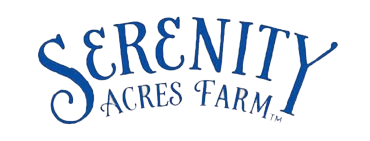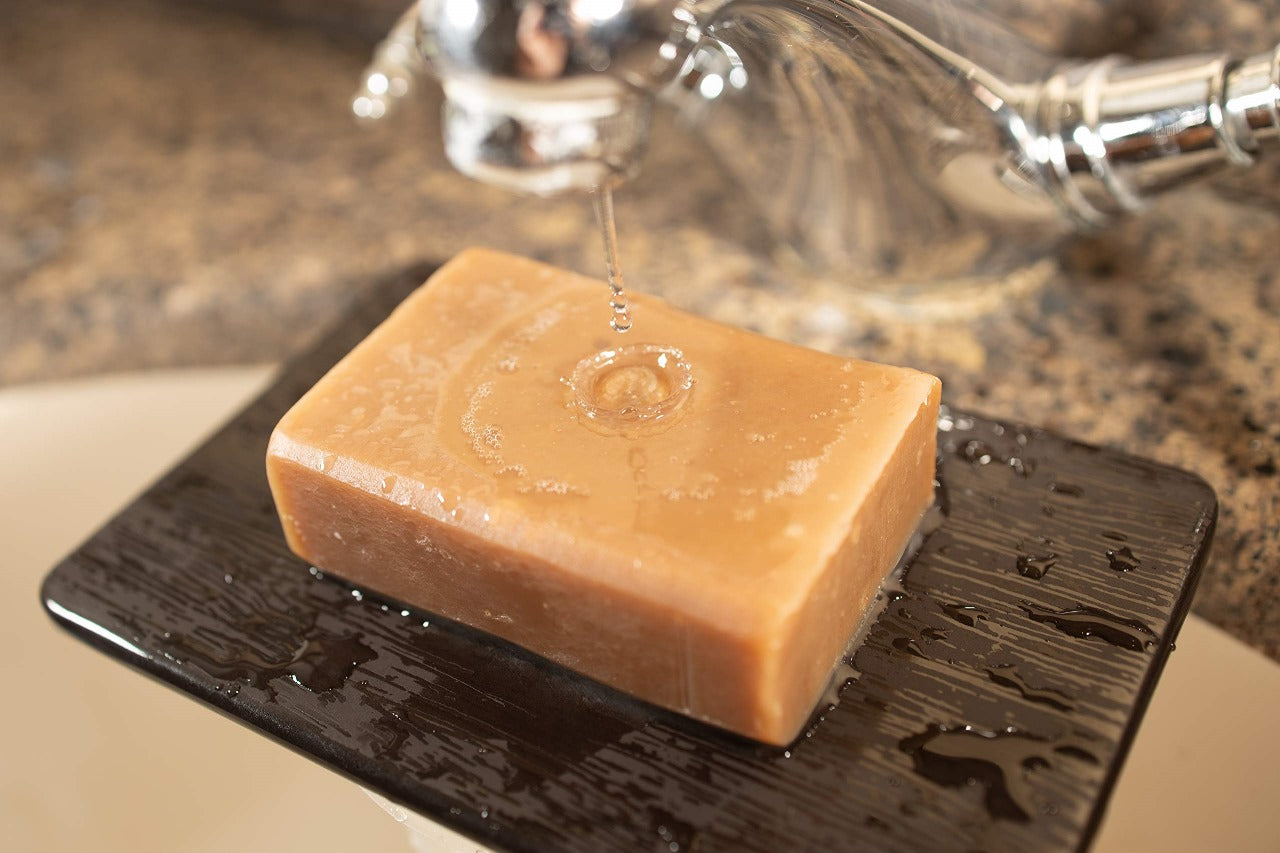About Our Goatmilk Soaps & Creams
OUR GOATMILK BODY CREAM
Great Skin is Timeless. Your skincare products shouldn’t be!
Our goat milk cream is lovingly crafted with fresh goat milk from our own happy goats. The gentle and known benefits of nutrient rich goats’ milk will leave your skin feeling smooth and non-greasy. The only other ingredients are:
- Distilled or Purified Water;
- Almond and Avocado Oils for deep moisturizing;
- Sheabutter;
- Emulsifying Wax and Stearic Acid;
- Optiphen Plus (Preservative)
- Coconut Fruit Extract (Preservative)
- Vitamin E and
- Essential Oils.
Your Safety is very important to us and so our fabulous Goat milk Body Cream is now formulated with the globally approved preservative Optiphen Plus (Phenoxyethanol, Caprylyl Glycol and Sorbic Acid) which was developed as an alternative preservative that is paraben and formaldehyde-free and Offers effective protection against bacteria, yeast and mold growth. We also add an all-natural coconut Fruit Based Preservative against mold/Fungus.
To get the best and longest use out of your goat milk body cream, please follow these storing and handling instructions:
- Always make sure your hands are clean when using the creme
- Store in a Dry and cool place.
- Our goat milk body cream is so good to your skin that it probably won’t last that long, but if you don’t use the cream up within 3 months, we recommend putting it in the fridge
OUR GOAT MILK SOAPS
Our goat milk soap is unique not only because of what we carefully choose to put in, but also because of what we choose to leave out. We use only plant and herb-based ingredients, oats, clays, honey, essential oils and paraben and phthalate-free fragrance oils to give each bar its unique scent and feel.
Recently I received the following customer feedback: “Holy Cow!!! Or should I say, Holy Goat, what difference soap makes. I could not be more happy with your products. Used your soap for about two or three weeks now, your lotion and your salt-scrub, and I am delighted about the way my skin feel. Used dove (no perfume) for 20 something years now and always have gone through a lot of lotion because of feeling “dry” after a shower and scrub down. NO MORE… Thank You for giving “life” back to my skin…. From one very happy customer….”. Needless to say, I was just tickled pink by the feedback, who wouldn’t be!
I had heard a similar comment before from another customer, and to satisfy my own curiosity, I set out to find out more about the ingredients of more widely known commercial bars. I went to the Environmental Working Group’s on-line dictionary (www.ewg.org/skindeep) for ingredients and compiled the information. “Ach Du Liebe Zeit” was what came out of my mouth after reading the ingredients and deciphering what they were. I also compared them to the ingredients in a natural handcrafted Goat’s Milk Soap like ours. Three of the terms appear throughout, so I am listing them up-front for your convenience: A “Surfactant” is a compound that lowers the surface tension between two liquids or between a liquid and a solid so that they can be better blended. “Viscosity is a measure of a liquids resistance to flow. Water is not resistant to flow, pepto bismol is very resistant to flow; and lastly, to “chelate” means to remove chlorine, chemicals, metals and other mineral deposits.
Here are the ingredients in a farm handcrafted Goat’s Milk Soap like the one we make:
Fresh Goat’s Milk: which is natural, high in alpha-hydroxy acids such as lactic acid, breaks down dead skin cells and leaves behind new skin cells – cream is moisturizing, full of vitamins – contributes to the creamy and conditioning qualities of the soap. Some soaps contain powdered goat milk to reduce cost.
Grade A Olive Oil, which a food grade vegetable oil which contributes to conditioning qualities of the soap. Some handcrafted soaps use Pomace Olive Oil to reduce cost. Pomace Olive Oil however is chemically extracted from the pits and stems of the olive with hexane, which is a hazardous by-product of the petro-chemical industry.
Coconut Oil, which contributes to cleansing and bubbly qualities of the soap.
Organic, Sustainable Palm Oil, which contributes to hardness and creaminess of the soap. Palm Oil should always be organic and sustainable, although it is more expensive, so not to contribute to the deforestation of the rain forest and decreasing the habitat for the big apes.
Distilled Water, which is used to dilute the lye.
Sodium Hydroxide (Lye), which is a highly caustic and reactive inorganic base which merges or bonds with the oils through a heat producing chemical process and with that changes into soap and glycerin. After the 24 hour saponification process, no lye remains in the soap. All real soap is made with lye. Some labels list the oils plus the lye, other labels list the oils as saponified, which still means they use lye in the process. If neither is listed on the label, the soap maker used a pre-fabricated melt & pour, where the original has already bonded with the oils and also implies that this soap maker didn’t make the soap from scratch.
Essential or Fragrance Oils, which are aromatic oils produced from a plant in the case of an essential oil, or are an artificial chemical aroma carrier in the case of fragrance oils. Fragrance oils should be phthalate free.
Here are the ingredients in a commercial cleansing bar. I want to point out that nowhere on the package; the “bar” is labeled as a soap. That is because this bar is classified as a detergent, and therefore cannot be called or marketed as a “soap”. A soap is specifically defined as fatty acids which are neutralized by an alkali such as lye.
Sodium Lauroyl Isethionate, which is a Sodium Salt. It is a surfactant and used as a cleansing agent.
Stearic Acid, which is a natural occurring fatty acid. It may be of animal origin or plant based (not specified here); it can be harsh and irritating. It is used as a surfactant, cleansing agent, and stabilizer
Lauric Acid, which is a natural occurring fatty acid, common in coconut oil. Another ingredient used as a surfactant, cleansing agent, emulsifier.
Sodium Tallowate or Sodium Palmitate, which is nothing other than rendered beef fat which may cause eczema and blackheads, and is used as a surfactant, cleansing agent, foam booster. Sodium Palmitate or or sodium of palmitic acid is found in olive oils, coconut oils, or body fats and is also used as a cleansing, emulsifying, viscosity controlling ingredient. It is important to point out that the ingredient list states Sodium Tallowate OR Sodium Palmitate, so the ingredient can either be animal based or vegetable based. An important factor for vegetarians or people who are concerned about animal welfare, since most industrial beef fat comes from slaughter houses and concentrate feed lot operations.
Water Aqua
Sodium Isethionate, which is an Organic Salt and used as an antistatic, cleansing, hair conditioning, skin conditioning ingredient.
Sodium Stearate, which is a natural occurring fatty acid and used as a surfactant, cleansing agent, emulsifying, and viscosity controlling ingredient.
Cocamidopropyl Betaine, which is a synthetic surfactant. Per EWG it is associated with irritation and allergic contact dermatitis. It is used as an antistatic, hair & skin conditioning agent, cleansing, foam booster, viscosity increasing ingredient.
Sodium Cocoate or Sodium Palm Kernelate, which is a sodium salt of fatty acids from coconut oil – cleansing and emulsifying sodium salt of the acids derived from palm kernel oil. It is a surfactant and used for cleansing, emulsifying, viscosity increasing.
Dipropylene Glycol, which is a synthetic solvent and said to be associated with irritation of skin, eyes or lungs. It is a solvent, and viscosity decreasing ingredient.
Sodium Chloride, which is an inorganic salt (table salt) and a viscosity increasing ingredient.
Tetrasodium Etidronate, which is a Diphosphonic Acid Derivative. It is used as a chelating agent, stabilizing, viscosity controlling.
Tetrasodium EDTA, which is also a chelating agent associated with organ system toxicity and enhanced skin absorption
Maltol, which is a naturally occurring organic compound with a scent of cotton candy and caramel so used to impart a sweet aroma; masking, tonic
Titanium Dioxide, which is an inorganic compound (white). It is used as a colorant to color soap white, sunscreen agent opacifying agent; ultraviolet light absorber and its used to reduces lather and for moisturizing. Goat Milk Soap in its natural state is never white. Due to the exothermic, heat generating chemical reaction with the lye, goat milk in soap always turns slightly creamy, yellowish or beige, depending on the temperature it is exposed to during the reaction. Frozen goat’s milk in soap will stay creamy, unfrozen goat’s milk will turn various degrees of orange, but never white.
So, after looking at the table and comparing the ingredients, I am absolutely and 100% certain and convinced that my skin, the largest and most permeable organ of my body, will only be exposed to a real soap with seven ingredients, all of which I can pronounce and know what they are. The decision and choice is yours.



